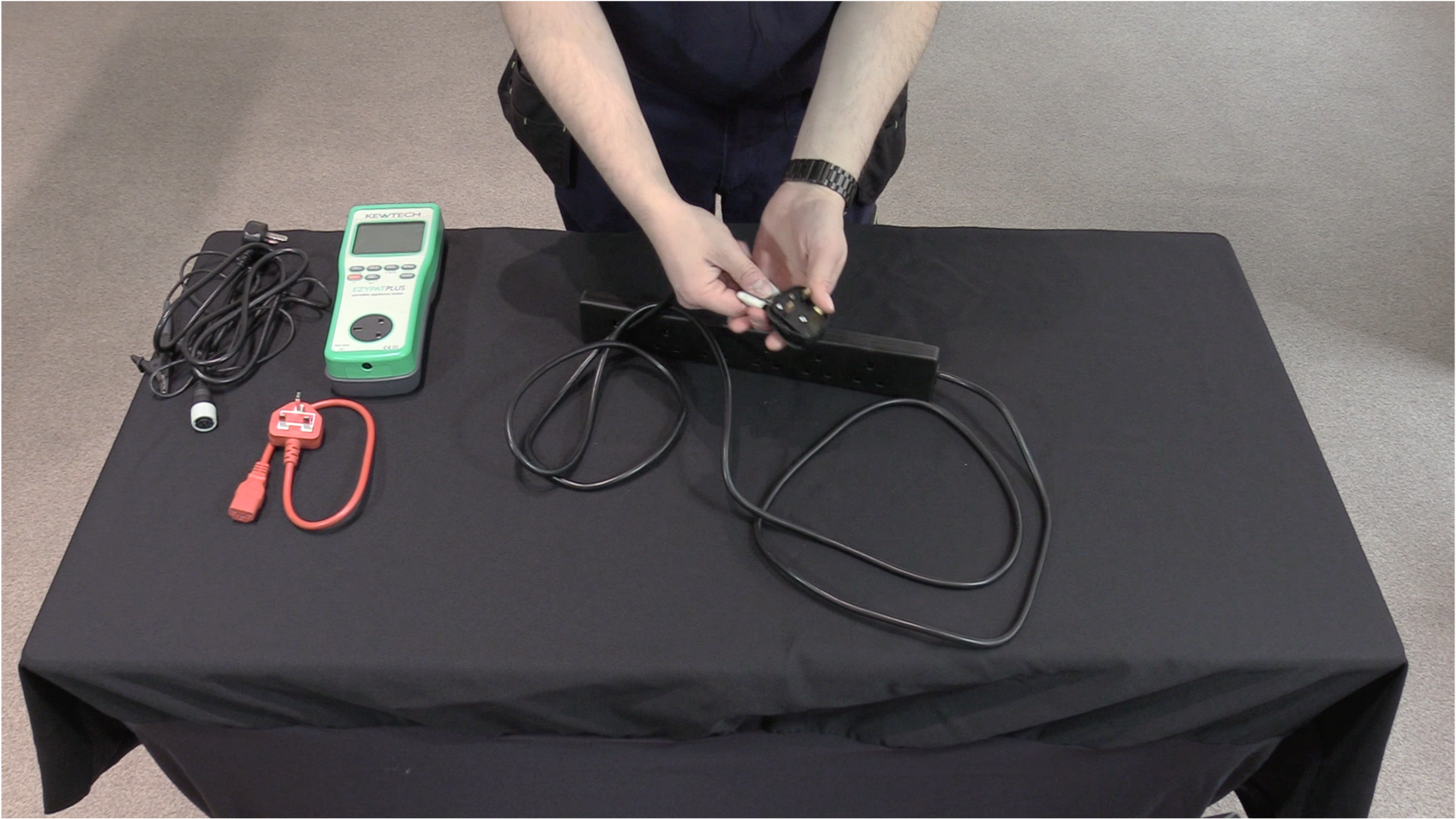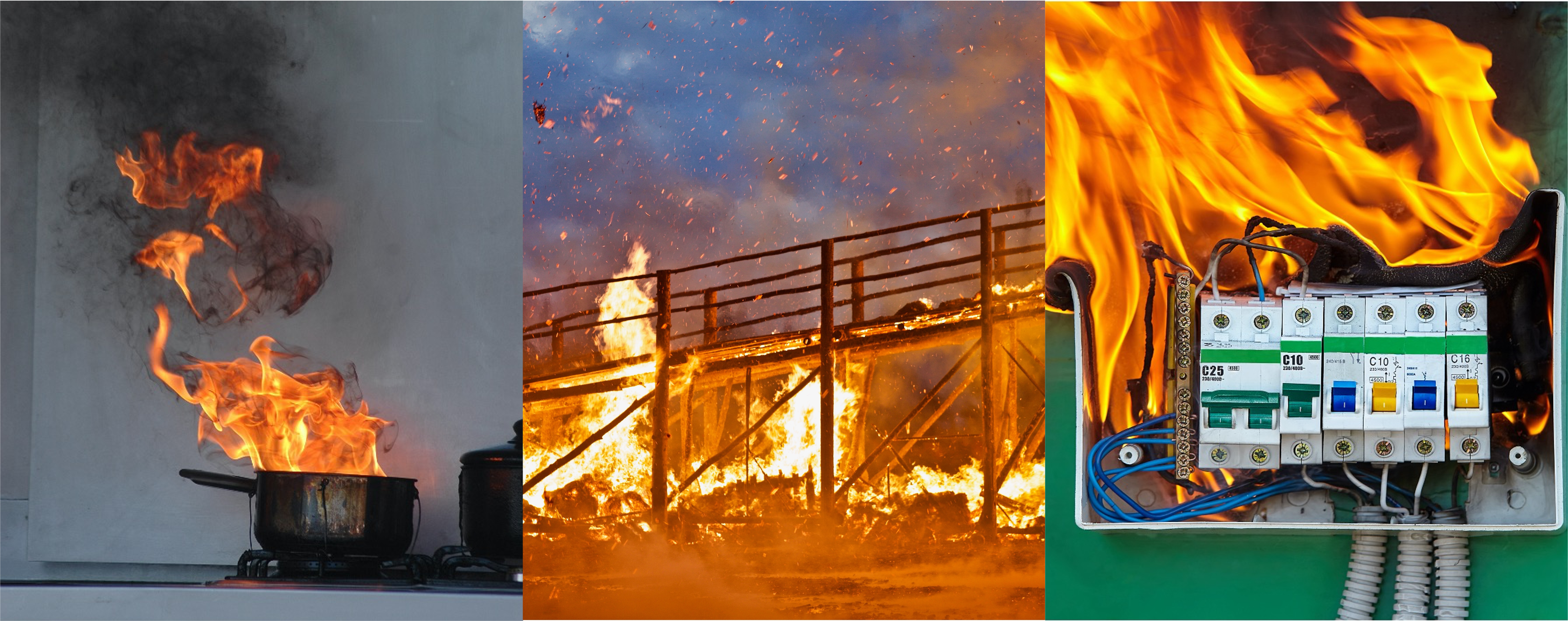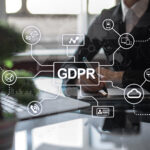
Good communication allows us to exchange information and build solid relationships with others. At home and in the workplace, being able to communicate clearly and effectively is an essential skill. As it turns out, there are five methods of communication.
Communication involves more than just talking or reading. How well we communicate is incredibly important, so it’s worth understanding the five methods of communication that will help you get your message across and avoid misunderstandings.
What Is Communication?
The word ‘communication’ comes from the Latin verb ‘communicare’, which means ‘to share’. It’s a pretty good choice because communication is simply the sharing of information from one person to another.
All the methods of communication we use have three essential elements:
- A message that needs to be transmitted
- A sender transmitting the message
- A receiver or receivers that must decode and understand the message
All fairly straightforward so far. But communication can become complicated by factors like our emotional state, location, cultural backgrounds, and how we’ve chosen to communicate.
How the message is communicated is crucial to avoiding misunderstandings. We can communicate formally or informally, depending on the setting. The sender might choose an ineffective method of communication (like, say, interpretive dance). They might fail to consider communication barriers (such as the receiver’s lack of knowledge about ancient Coptic, for instance).
If there are multiple receivers, each person will decode the message differently. How well they understand what is being communicated depends on their experience, psychological and emotional state, and relationship with the sender.
Good communication involves being able to anticipate and compensate for any potential barriers. A good communicator constantly looks for non-verbal signs that the receiver understands the message. They’ll choose an effective, appropriate and organised way to communicate their message and be open to feedback.
In the business world, good communication can make or break a company.
Why Is Communication So Important in the Workplace?
What makes a business successful? Is it having a great product? Being able to deliver a fantastic service? Is it being cheaper than the competition? All these factors don’t hurt, but what sets a business apart is its communication ability.
External communication lets you promote your business and build a strong brand identity. Effective internal communication enables your staff to work together more efficiently and productively. Good communication in the workplace also fosters innovation. It helps create a safer, more inclusive and enjoyable working environment. And there are figures to back this up.
Some 72% of business leaders stated that having effective communication led to an increase in productivity and 60% agreed that good communication increases employee satisfaction, according to a 2023 poll conducted by the Harris Poll for Grammarly.
Understanding the different methods of communication will ensure that you always communicate successfully.
What Are the Five Different Methods of Communication?
How much time do you think you spend communicating every day? You might be surprised to learn studies have found that, on average, we spend 50% to 80% of our workday involved in some form of communication.
So, what are we doing when we’re communicating? There are five main ways of communication that we use:
- Verbal communication
- Non-verbal communication
- Written communication
- Listening
- Visual communication
We may use just one of these methods of communication, or we may use a combination. Verbal communication, for instance, involves talking, listening and body language.
Verbal Communication
Any time we use the spoken word to convey information, we can classify it as verbal communication. Verbal communication can be an informal conversation between two colleagues, a lecture, an interview, a presentation, a telephone call or a Skype or Zoom meeting.
Effective verbal communication depends on how clearly and concisely the message is delivered. Good verbal communicators use appropriate language for their audience and speak at a volume, pitch and speed that makes them easy to understand.
While the words you choose and how you deliver them are crucial to good verbal communication, non-verbal communication, like body language, also plays a part.
Non-Verbal Communication
Imagine you’re talking to someone and suddenly, they cross their arms. Or yawn and look out of a window. Or they nod their head or raise their eyebrows. Each one of these visual cues conveys information to us in a non-verbal way.
Non-verbal communication is how the receiver uses body language to express understanding, dissent, or agreement. A person’s posture, how they make eye contact, and their facial features are all essential non-verbal cues. A receiver may touch the sender during the message or make a gesture. Non-verbal communication transmits crucial information about how the receiver feels about the message, how engaged they are and how well they understand.
Non-verbal communication also encompasses the tone of voice, the volume of speech, and the way the person chooses to talk. You wouldn’t use a loud, angry voice and pepper your speech with slang and profanity during a job interview, would you? And if you did, the interviewer might express their dismay by rolling their eyes, sighing or crossing their arms. Skilled verbal communicators always pay close attention to non-verbal cues.
Written Communication
Written communication is any method of using the written word to transmit information. Websites, newspapers, manuals, letters, emails, documents, books, reports and even chat rooms are all forms of written communication.
When it comes to written communication, clarity and conciseness are even more critical than in verbal communication. Written communication often aims to provide someone with complex information as quickly and efficiently as possible. Repetition and being unnecessarily wordy will disengage the reader and cloud your message. All words should be spelt correctly, and the grammar must be correct to avoid misunderstandings.
Listening
One of the most overlooked types of communication is the act of listening. While it seems like a passive enough thing to do, active listening is actually an important skill. If you don’t actively listen while someone is speaking to you, you might miss out on crucial information or misunderstand what’s being said.
Active listening involves giving the speaker your full attention, using non-verbal communication to show you are listening to and comprehending the message, and providing the speaker with feedback when appropriate. Active listeners don’t interrupt when someone is talking to them. Instead, they wait to receive all the information before responding appropriately and respectfully.
Visual Communication
A picture is worth a thousand words, or so the saying goes. Like most cliches, this one has a great deal of truth to it. Visual aids help us to process information quickly. In today’s world, we’re surrounded by visual communication. Advertisements, typography, signs, infographics, graphs and charts are everywhere.

Usually, visual communication is used in conjunction with written or verbal communication. Visuals can be thought-provoking, elicit an emotional response, or help us understand complex information quickly. Think of a sales chart, a magazine advertisement, or a television commercial. The visual communication element is a significant part of conveying the message effectively in all three cases.
How to Improve Your Communication Skills
Being a good communicator involves paying close attention to each of the five methods of communication. Once you’ve understood the types of communication we use, you can further your skills by learning about different communication models and communication strategies.
Sharpening your communication skills can help you to be more persuasive, productive, and effective. There’s a good reason why companies are always on the lookout for good communicators!
Sign up for our Communication Skills Training course to communicate more effectively.
You’ll learn how to improve each one of the five methods of communication so you’ll always be able to get your point across.
























































































































































































































































































































































































































































































